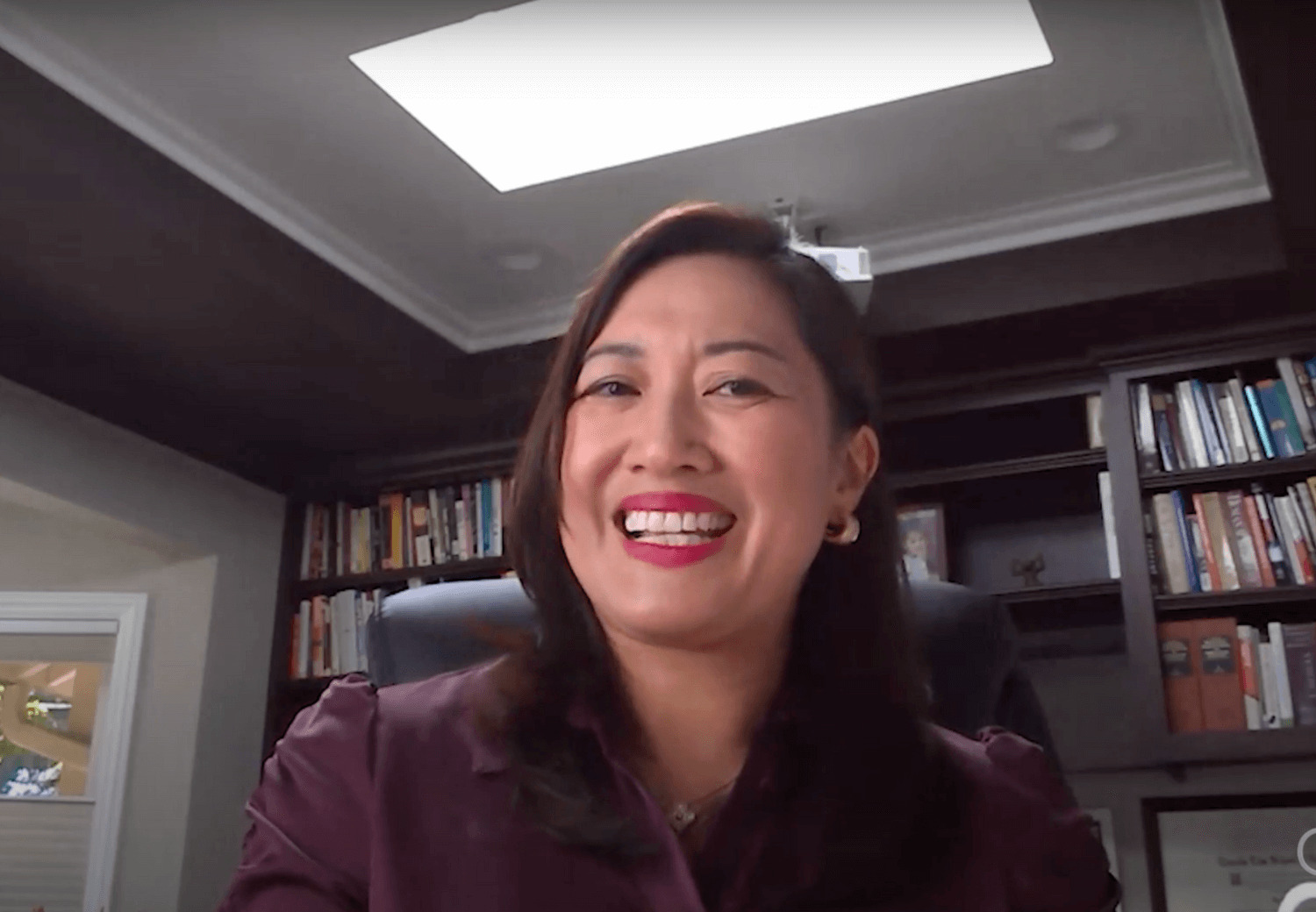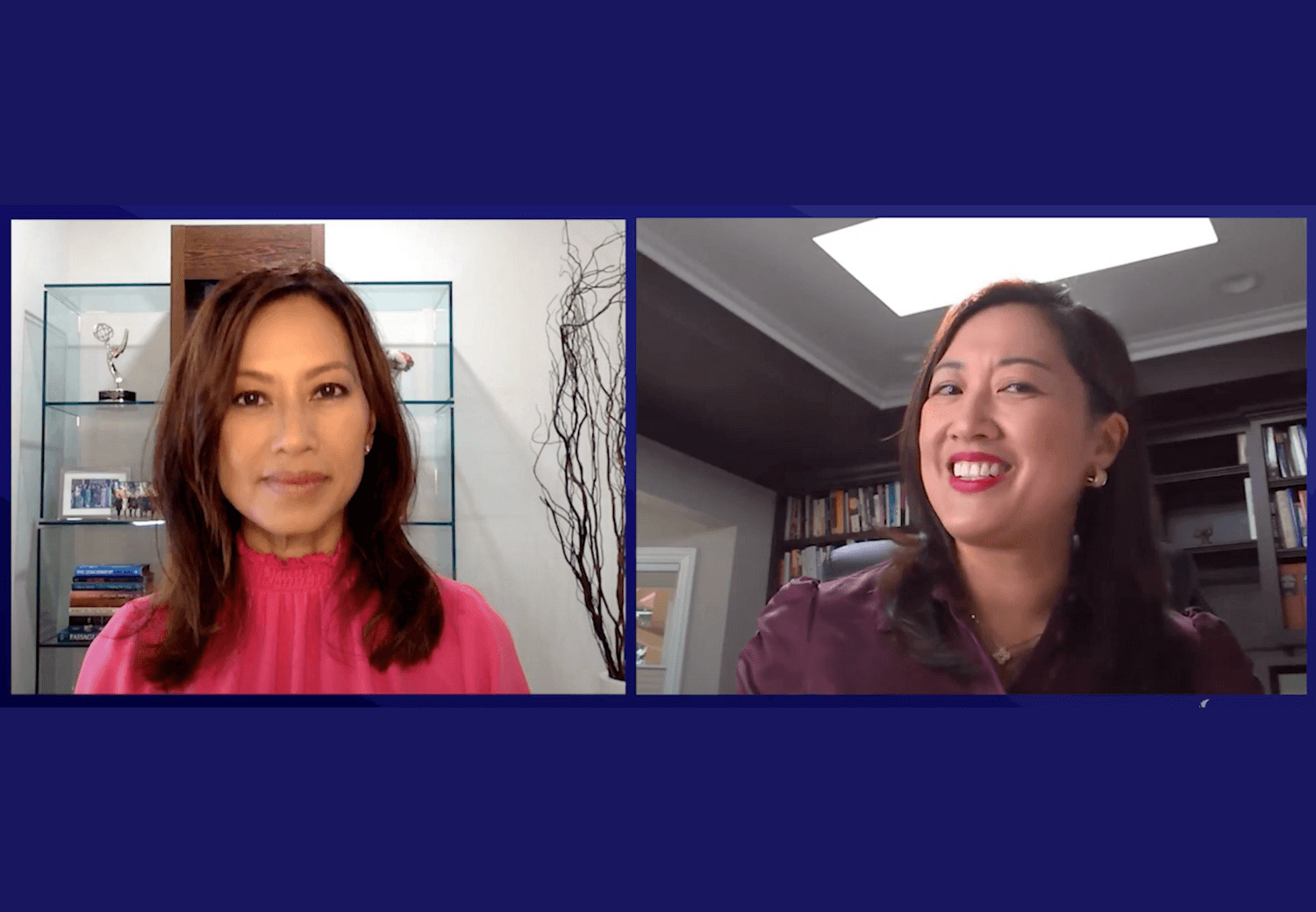Greater Purpose Leading Change Shared Playbook Team Success
Jumping in the Deep End
Jim Gibbons
11.30.21
Once you've got alignment, how do you leverage the relationships to grow your partnerships? As usual, Jim Gibbons keeps it simple: identify goals, account for course correction, and lean on each other's strengths.
Summary:
Once you’ve got alignment, how do you leverage the relationships to grow your partnerships? As usual, Jim Gibbons keeps it simple: identify goals, account for course correction, and lean on each other’s strengths.
Thuy

Jim Gibbons
Thuy




